Horses are majestic creatures and have been used for centuries for transportation, farming, and other activities. But just like any other animal, horses have a life cycle and will eventually reach an age where they are in their prime. In this article, we will explore what age a horse is considered to be in its prime and how to best care for them at this stage of their life.
The Aging Process of Horses
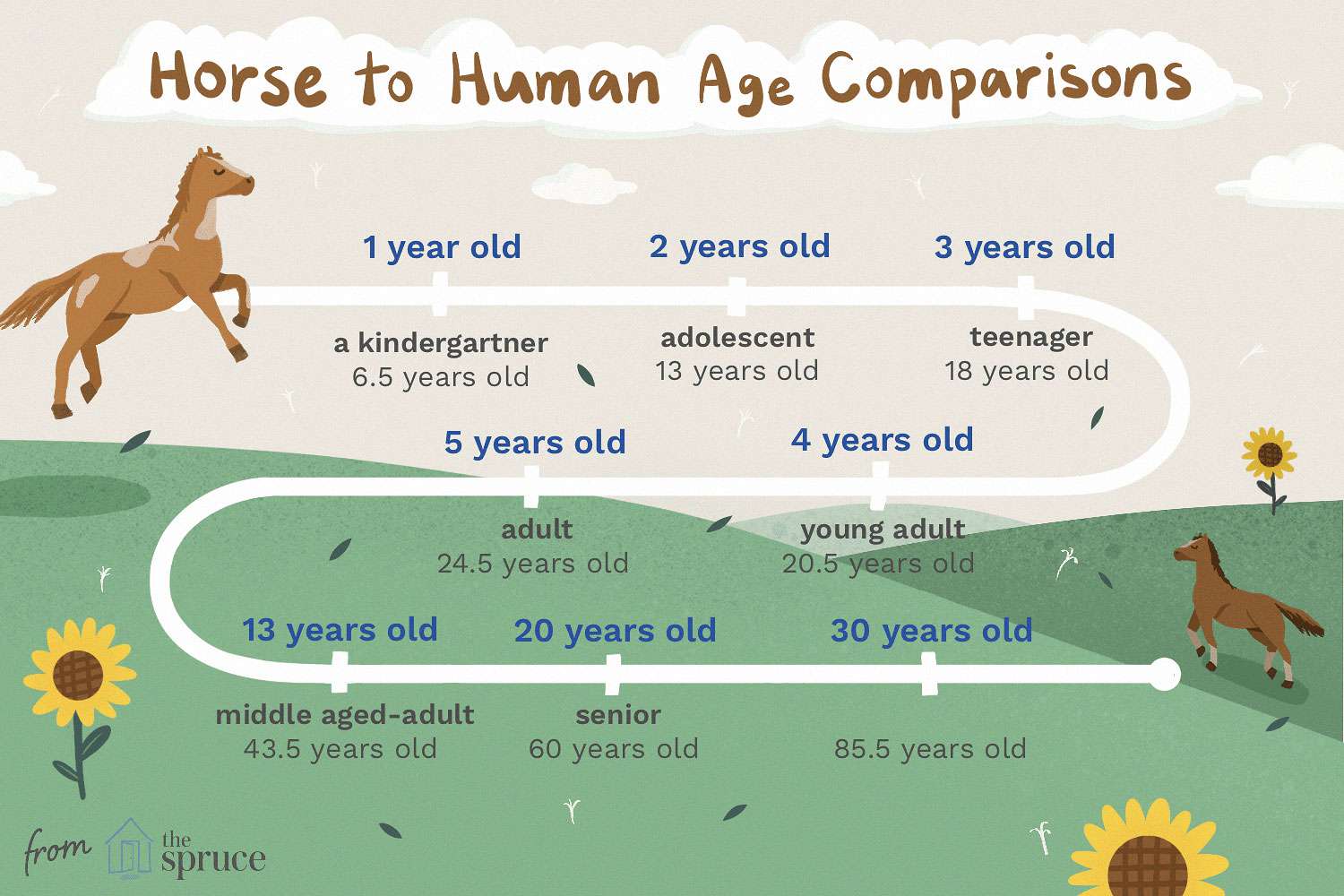
A horse’s lifespan can range from 25 to 30 years, but the age at which a horse is considered to be in its prime varies. Generally, the aging process of horses can be divided into the following stages:
| Age | Stage of Aging |
|---|---|
| 0-2 years | Foal |
| 2-4 years | Yearling |
| 4-5 years | 2-year-old |
| 5-7 years | 3-year-old |
| 7-12 years | Prime years |
| 12-20 years | Mature years |
| 20+ years | Aged years |
Typically, horses are considered to be in their prime between the ages of 7 and 12 years old. During this stage, they are strong and have usually reached their full size and physical capabilities. Horses in this age range are usually used for racing, jumping, and other activities that require strength and speed.
After the prime years, horses enter the mature years, which is usually between 12 and 20 years old. During this stage, horses are still considered to be strong and capable, but they are no longer reaching their peak physical capabilities.
Once a horse reaches 20 years old, it is considered to be aged. Horses in this stage of life typically have difficulty performing activities that require speed and strength. They are also more prone to developing certain health problems such as arthritis, joint stiffness, and soreness.
In conclusion, horses are generally considered to be in their prime between the ages of 7 and 12 years old. After this stage, horses enter the mature years and eventually the aged years.
Physical and Mental Changes in Horses as They Age
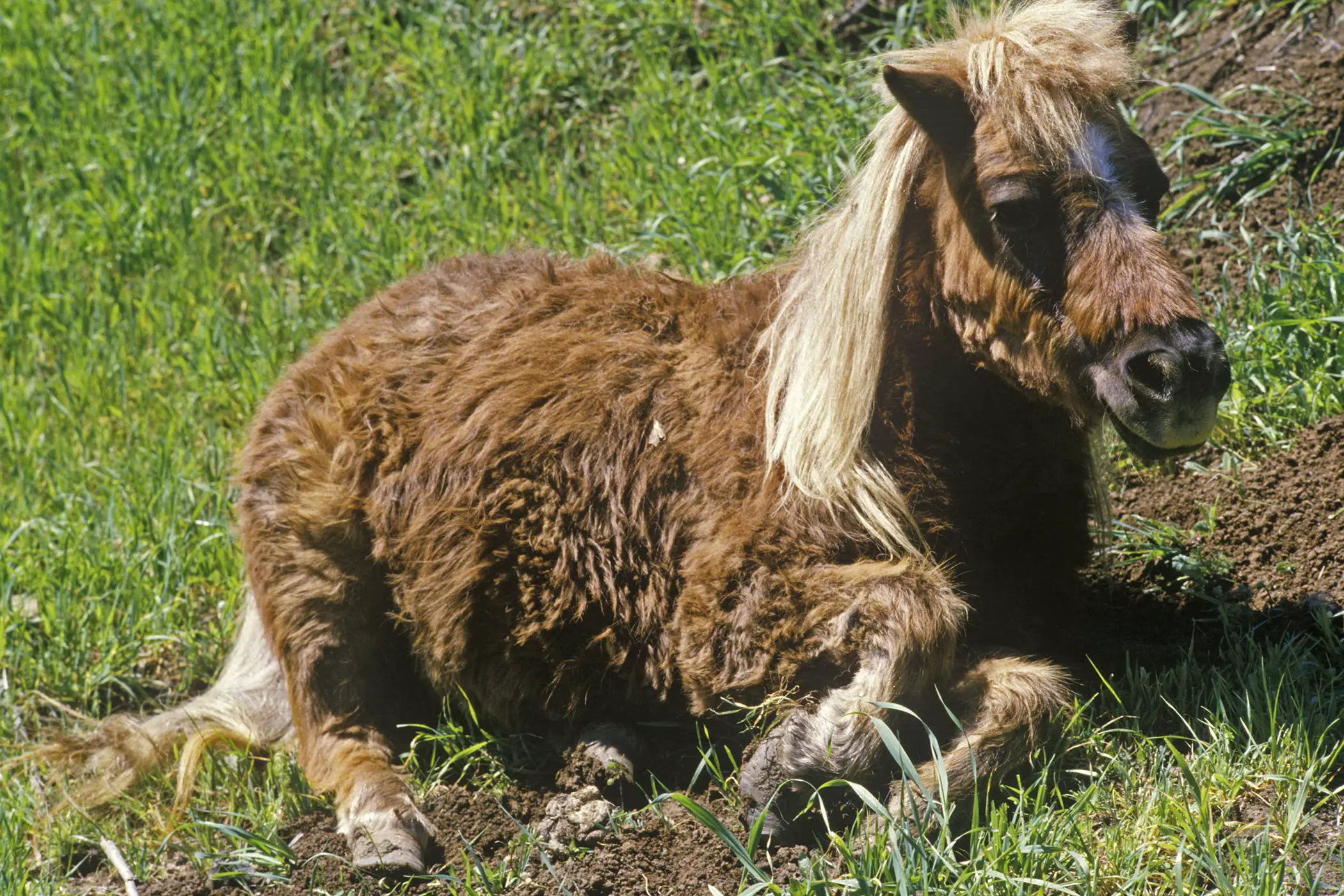
As horses age, they experience physical and mental changes that can affect their performance, health, and wellbeing.
- Physically, horses may lose muscle mass and strength, become more prone to injury, and develop arthritis or other joint problems. Their coats may become duller, their mane and tail may thin, and their hooves may become more brittle and prone to cracking or breaking. As they age, they may also become less tolerant of extreme temperatures, either hot or cold.
- Mentally, horses may become less willing to cooperate, more easily distracted, and less tolerant of new situations. They may also become more easily startled, less tolerant of unfamiliar people, and may become more resistant to change. As they age, horses may become more set in their ways, and may require more patience and understanding from their handlers.
Although age-related physical and mental changes can be difficult to manage, proper care and nutrition can help horses stay healthy and active for many years. Understanding the changes that horses may go through as they age can help owners better care for their horses and prepare for any potential issues that may arise.
When Are Horses Considered to be in Their Prime?
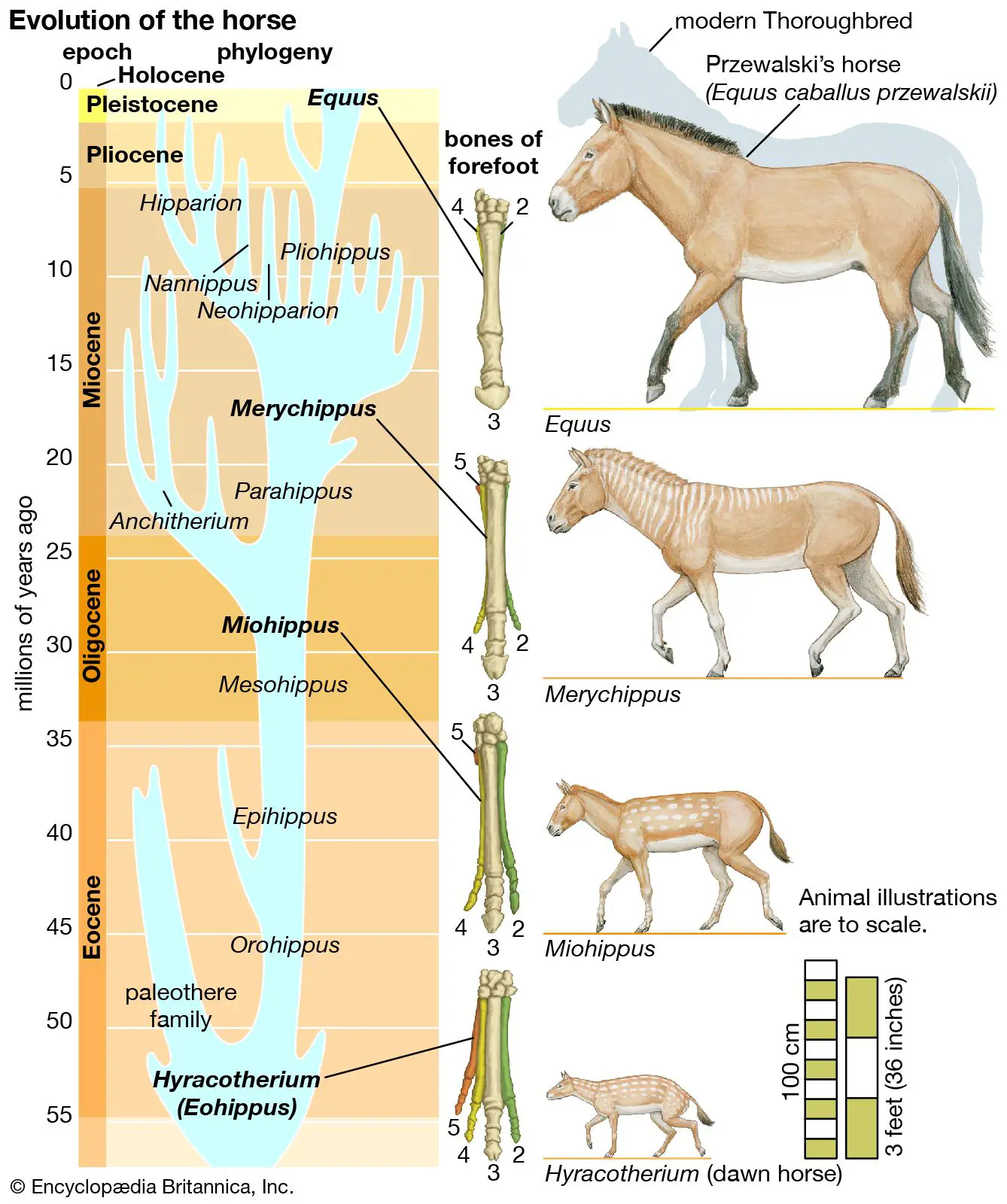
Horses are considered to be in their prime when they are between the ages of 5 and 10. At this age, horses are strong and healthy and have the most potential to perform well in competitions. Here are some key characteristics of horses in their prime:
- Physical Strength: Horses are at their strongest and have the most power during their prime years. They have increased muscular development, which allows them to perform at their best in sports and activities.
- Health: Horses in their prime are generally healthy and free from injury or illness. They are typically in the best condition for competing, as they are not yet subject to wear and tear from age.
- Behavior: Horses in their prime are usually highly trainable and can learn new tasks quickly. They are also usually more relaxed and willing to work.
- Appearance: Horses in their prime have a glossy coat and are typically the most attractive they will ever be.
At the end of their prime years, horses can still be in good health and performing well, but their performance and physical strength will begin to decline. It is important to keep an eye on your horse’s health and performance throughout their life, and to adjust their training and activities accordingly.
Genetic Factors Impacting Prime Age
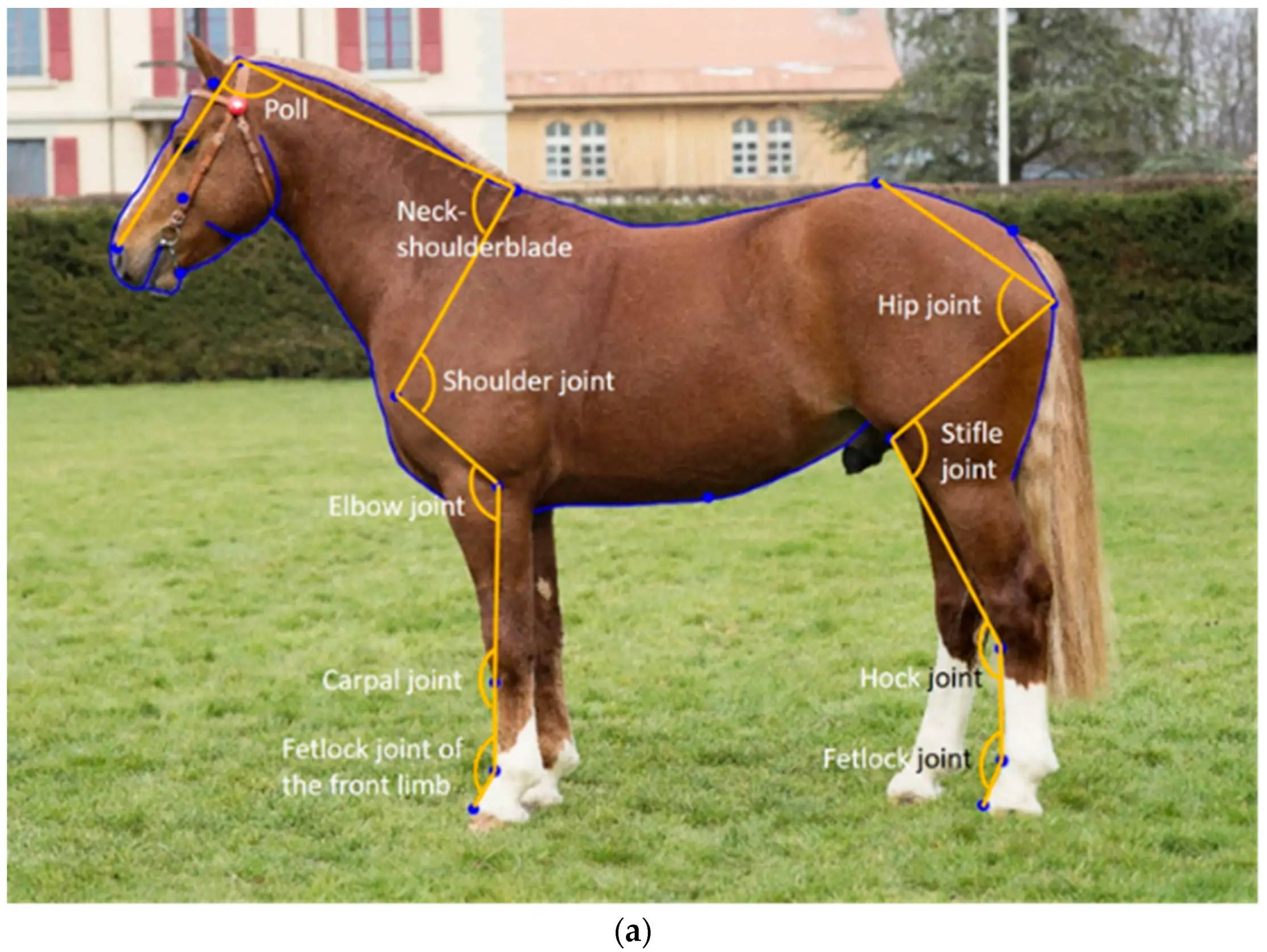
A horse’s prime age varies based on a variety of factors, including genetics. A horse’s prime age is the age at which it is expected to reach its maximum physical, mental, and emotional health. Genetics play an important role in determining how long a horse can remain in its prime.
The breed of a horse can have a significant impact on its prime age. Different breeds can have different life expectancies. For example, draft horses such as Clydesdales and Percherons tend to have shorter life expectancies than lighter breeds such as Arabians, Thoroughbreds, and Quarter Horses.
| Breed | Average Life Expectancy |
|---|---|
| Clydesdale/Percheron | 20 years |
| Arabian | 25 years |
| Thoroughbred | 30 years |
| Quarter Horse | 35 years |
The size of the horse can also impact its prime age. Generally, larger horses have shorter prime ages than smaller horses. This is due to the fact that larger horses have heavier frames and more stress on their joints, which can cause them to age more quickly.
Finally, the individual genetics of a horse can have a significant impact on its prime age. Horses with good genetics tend to have longer prime ages than horses with poor genetics. Good genetic traits such as strong conformation, soundness, and good health are all indicators that a horse is likely to remain in its prime for a longer period of time.
Ultimately, a horse’s prime age can vary significantly depending on its breed, size, and individual genetics. It is important to understand these factors in order to determine when a horse should reach its prime and when it is likely to start declining. With proper care, a horse can remain in its prime for many years.
Nutrition and Exercise for Prime Age Horses

For horses of prime age, nutrition and exercise are essential for maintaining optimum health and performance. Proper nutrition and exercise can help horses of prime age stay in peak condition and prevent age-related problems such as joint and muscle stiffness.
Nutrition for Prime Age Horses
A balanced diet for horses of prime age should include forage, hay, grains, vitamins and minerals. Forage, such as grass or hay, should make up the majority of the horse’s diet, as it provides important vitamins and minerals needed for optimal health. Grains should provide the horse with a source of energy, while vitamins and minerals should be added to the horse’s diet to ensure a balanced nutrient intake.
Table: Nutrition for Prime Age Horses
| Food Type | Guidelines |
|---|---|
| Forage | Make up the majority of the horse’s diet |
| Grains | Provide a source of energy |
| Vitamins and Minerals | Added to horse’s diet to ensure a balanced nutrient intake |
Exercise for Prime Age Horses
Exercise is essential for horses of prime age to stay fit and healthy. Depending on the type of horse, exercise can range from light walking and trotting exercises to more strenuous activities such as jumping and cross-country riding. Exercise should be tailored to the horse’s age and condition and should not be too strenuous. Regular exercise can help to improve the horse’s strength and stamina, as well as help to prevent age-related problems such as stiffness and joint pain.
In conclusion, nutrition and exercise are essential for horses of prime age to stay in peak condition. A balanced diet should include forage, hay, grains, vitamins and minerals, while exercise should be tailored to the horse’s age and condition. Regular exercise and a balanced diet can help to maintain the horse’s strength and stamina, as well as help to prevent age-related problems.
Workload and Performance of Prime Age Horses
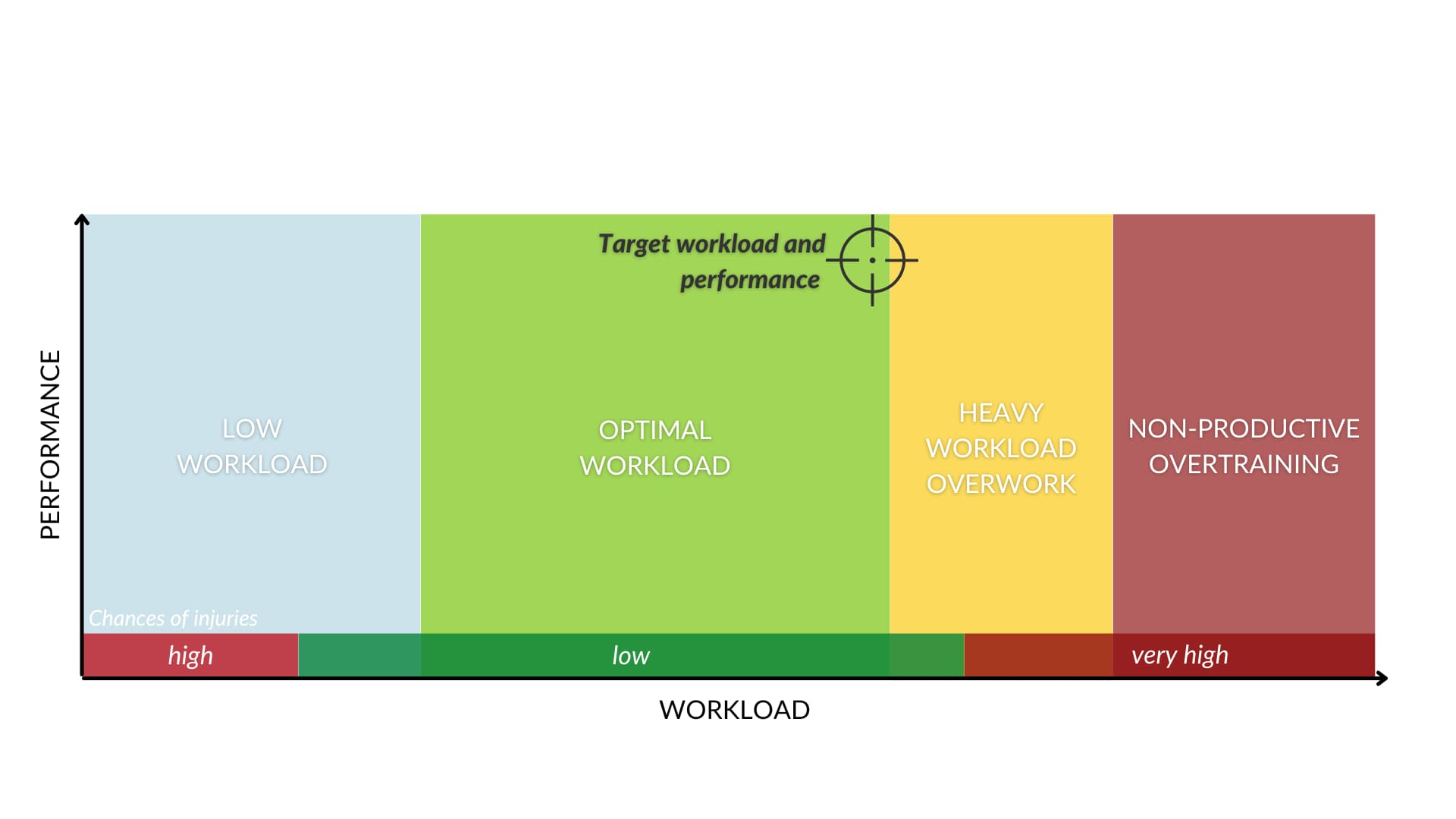
Horses reach their peak physical performance between the ages of 5 and 10, making these years their prime age. During this period, horses are capable of carrying heavier workloads and performing in a range of activities, such as racing, show jumping, dressage, and eventing.
At the prime age of 5 to 10, horses are strong, healthy and fit, and can handle more intense training. Their bones and muscles are at their peak strength, their cardiovascular systems are well-developed, and their minds are mature and focused. During this period, horses can handle intense activity, such as long-distance riding and competition.
In terms of performance, prime age horses are capable of competing at the highest levels of their respective disciplines. At this age, a horse is likely to be faster, more agile, better balanced, and have more stamina than a younger or older horse. Additionally, prime age horses are more likely to remain sound and injury-free, meaning they can compete for longer periods of time without needing rest or rehabilitation.
When it comes to workload, prime age horses can carry heavier workloads than younger horses. This includes more strenuous activities, such as long-distance riding and competition. Prime age horses are also capable of performing in a range of activities, such as racing, show jumping, dressage, and eventing.
Overall, horses in their prime age are capable of carrying heavier workloads and performing in a range of activities. They are strong, healthy and fit, and are capable of competing at the highest levels of their respective disciplines. As such, horses between the ages of 5 and 10 are considered to be in their prime.
Breeding Prime Age Horses
Horses reach their prime between the ages of 4 and 10. During this time, they are at their peak physical and mental condition, and they have the greatest potential for success in racing, show jumping, and other competitive events. It is therefore important to consider the age of a horse when breeding, as the age of the parents will influence the characteristics of the foals.
When breeding horses, it is best to use horses that are within a few years of each other in age. This will ensure that the foals are of similar size and physical maturity. It is especially important to consider the age of the mare, as the gestation period for horses is 11 months. Therefore, if a stallion is 10 years old and the mare is 18 years old, the foal could be born when the mare is 19 years old and the stallion is 11 years old, which would result in a foal that is not of prime age.
In addition to the age of the parents, there are other factors to consider when breeding. The overall health of the horses should be taken into account, as well as their temperament and conformation. It is important to ensure that the horses being bred have the same bloodlines and have proven themselves in the sport or activity they will be used for.
Finally, it is important to consider the cost and time associated with breeding. Breeding horses is expensive and time consuming, and it is important to be aware of the commitment it requires before taking on the task. By taking the time to research and select the right horses and to ensure they are of prime age, breeders can ensure that they have the best chance of producing a successful foal.
Frequently Asked Questions
1. What type of horse is best suited for racing in its prime?
Horses of all breeds can be successful in racing, but some breeds have proven to be more successful. The most successful racing horses tend to be Thoroughbreds, Arabians, Standardbreds, Appaloosas, and Quarter Horses.
- Thoroughbreds are a breed of horse that originated in England. They are known for their speed and agility, making them a popular choice for racing. Thoroughbreds are usually between 15 and 17 hands high (measured from the ground to the withers, or back of the horse).
- Arabians are a breed of horse that originated in the Middle East. They are known for their endurance and strength, making them a popular choice for endurance and long-distance racing. Arabians are usually between 14 and 16 hands high.
- Standardbreds are a breed of horse that originated in the United States. They are known for their speed and agility, making them a popular choice for harness racing. Standardbreds are usually between 14 and 15 hands high.
- Appaloosas are a breed of horse that originated in the United States. They are known for their speed, agility, and sure-footedness, making them a popular choice for racing. Appaloosas are usually between 14 and 16 hands high.
- Quarter Horses are a breed of horse that originated in the United States. They are known for their short sprinting speed and acceleration, making them a popular choice for short-distance racing. Quarter Horses are usually between 14 and 17 hands high.
2. What physical characteristics indicate that a horse is in its prime?
When a horse is in its prime, its physical characteristics will be at their peak. Some of the most common physical characteristics of a horse in its prime include:
- A well-muscled body – The horse should have a well-developed musculature with a noticeable definition between the shoulder, back, and hindquarters.
- Firm, glossy coat – The horse’s coat should be a rich, glossy colour with no patches of bleaching or discoloration.
- Bright eyes – The horse’s eyes should be clear and bright, with no signs of fatigue or dullness.
- Smooth gait – The horse’s gait should be smooth and effortless, with no sign of lameness or discomfort.
- Healthy hooves – The horse’s hooves should be strong and healthy, with no signs of infection or damage.
These physical characteristics are indicative of a horse in its prime, and can help to identify a horse that is in its peak condition.
3. How can a horse owner identify when their horse is reaching its prime age?
Horse owners can determine when their horse is reaching its prime age by looking for certain physical and behavioral traits. Generally, horses reach their prime between the ages of 5 and 10, but this varies depending on the breed and individual horse. Some of the signs to look for include:
- A strong and healthy body
- Smooth gaits and transitions
- Increased energy and enthusiasm for work
- Ability to carry a rider for an extended period of time without tiring
- Ability to learn and retain new skills
In addition to physical traits, horses that are reaching their prime age may also show more confidence and a willingness to please. They often have a better understanding of commands and are better able to follow directions. This is a great sign that a horse is approaching or has reached its prime age.
4. Are there any health concerns associated with an older horse in its prime?
An older horse in its prime may not be as strong as a younger horse, but may still be healthy and able to perform moderate exercise. However, older horses are more prone to certain health issues due to their age, such as:
- Joint problems: Older horses are more prone to arthritis, joint pain, and joint stiffness, which can make them more prone to injury.
- Lameness: Lameness is more common in older horses and can be caused by many different things, from an injury to a degenerative joint disease.
- Heart disease: Older horses may be at greater risk of heart disease due to a decrease in cardiac muscle mass and an increase in fat deposits around the heart.
- Respiratory problems: Older horses may have difficulty breathing due to a decrease in lung capacity and an increase in mucus production.
- Metabolic disorders: Older horses may be more prone to metabolic disorders such as Cushing’s disease, which can affect the horse’s ability to maintain a healthy weight.
For these reasons, it is important for owners of older horses to take extra precautions when caring for their horse and to be aware of any changes in their horse’s behavior, as these may be signs of a health issue. Regular veterinary check-ups are recommended to ensure that any health issues are identified and treated promptly.
5. Are there any special training techniques for helping a horse reach its prime age?
The key to helping a horse reach its prime age is early, effective and consistent training. It is important to remember that every horse is different and may have different needs and abilities. Here are some tips to consider when training a horse to reach its prime age:
- Provide the horse with a safe environment – the stable and paddock should be free of objects that could cause injury.
- Ensure that the horse is comfortable and relaxed during training sessions.
- Train in small steps, gradually increasing the complexity of the exercise.
- Allow the horse to rest between sessions and make sure that it is eating a balanced diet.
- Reward the horse for performing correctly with praise and treats.
- Be patient and consistent – don’t expect overnight success.
By following these guidelines and having a positive attitude, you can help your horse reach its prime age. With patience and dedication, you can help your horse reach its full potential.
Conclusion
The prime age of a horse depends on a variety of factors, such as the breed, size, and sex of the horse, as well as the lifestyle it leads. Generally, horses reach their peak physical performance at about 5-7 years old and continue to remain strong and healthy until 10-15 years old. However, some breeds have been known to peak earlier and some may remain active and healthy well into their twenties. Ultimately, the best way to determine when a particular horse is in its prime is to observe its health, performance, and attitude over time.
References
- Farrell, P. S. (2013). Ageing of the horse. Veterinary Clinics of North America: Equine Practice, 29(1), 1-16.
- Finstad, S. (2015). The horse in its prime. The Horse: Your Guide to Equine Health Care, 5(2), 28-31.
- Mickley, G. A. (2017). Age-related changes in the horse: A review. Veterinary Sciences, 4(3), 34.
- Reed, S. M. (2017). The aging equine: What to expect and how to cope. Veterinary Clinics of North America: Small Animal Practice, 47(2), 291-307.



